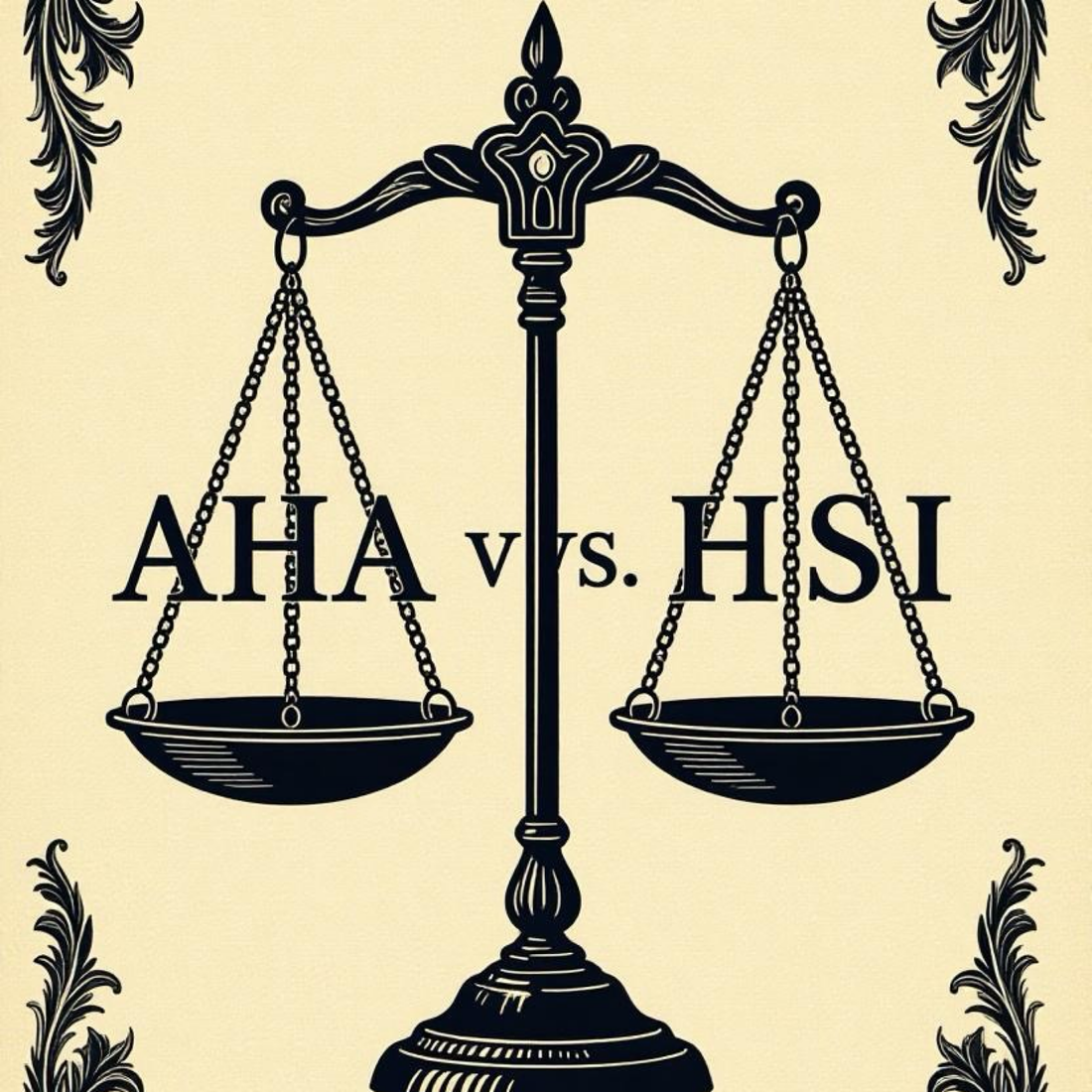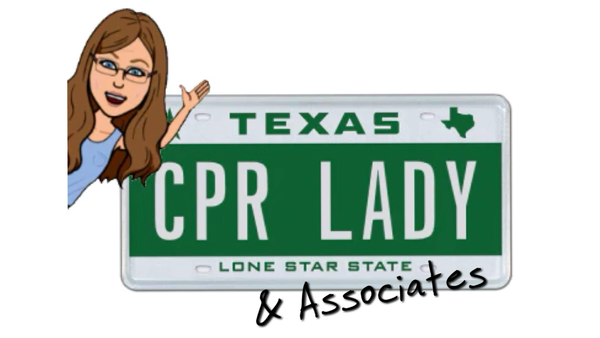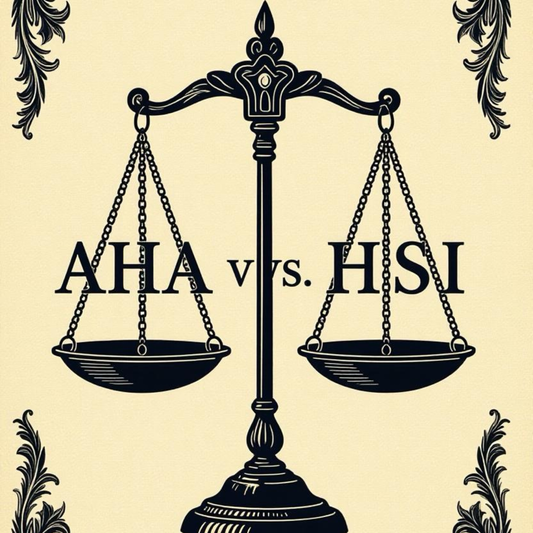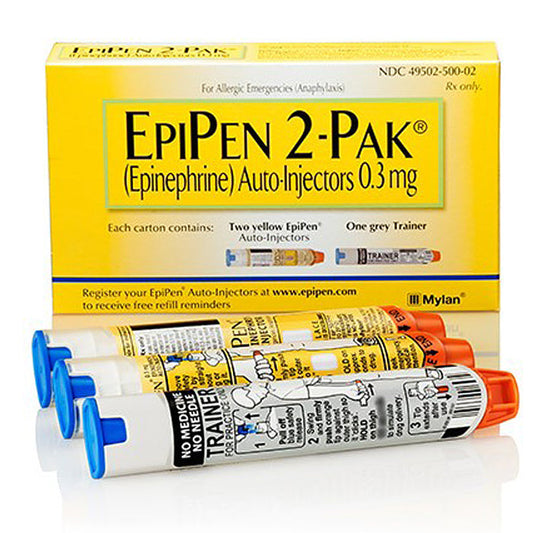
BLS: Cutting Through the BS Between AHA and HSI
William BeauregardShare
AHA BLS vs. HSI BLS: Which Basic Life Support Certification is Right for You?
In the fast-paced world of healthcare, where every second counts, having the right certifications can mean the difference between life and death. Basic Life Support (BLS) training equips professionals with essential skills like high-quality CPR, AED use, and relief of choking—skills that are non-negotiable for doctors, nurses, EMTs, and other first responders. But with multiple providers offering BLS courses, how do you choose? Two popular options are the American Heart Association (AHA) BLS and the Health & Safety Institute (HSI) BLS. Both deliver life-saving education, but they differ in recognition, cost, and delivery. In this post, we’ll break it down to help you decide which path fits your career needs.
What is BLS Training?
Before diving into the comparison, a quick refresher: BLS is the foundation of emergency cardiovascular care. It’s designed for healthcare providers and public safety professionals to recognize life-threatening emergencies, perform effective CPR on adults, children, and infants, deliver rescue breaths, and use an AED swiftly. Both AHA and HSI programs align with the latest guidelines from the International Liaison Committee on Resuscitation (ILCOR) and the 2020 AHA updates, ensuring you’re learning evidence-based techniques.
Overview of AHA BLS
The American Heart Association has been a cornerstone in resuscitation science since 1924. Their BLS course is the gold standard for healthcare pros, emphasizing high-quality chest compressions, team dynamics, and early defibrillation. It’s tailored for in-facility and prehospital settings, making it ideal for anyone in clinical roles.
Key Features:
- Target Audience: Healthcare professionals like nurses, physicians, paramedics, and EMTs.
- Content: Covers adult/child/infant CPR, AED use, obstructed airway management, and opioid overdose response.
- Formats: Full classroom (4-5 hours), blended learning (online HeartCode module ~2 hours + 1-2 hour hands-on skills session), or renewal options.
- Certification: 2-year AHA Provider Card; includes CE credits for EMS (0.75 Basic CEHs) and AMA PRA (1.00 credits).
- Cost: Typically $50-$100 for classroom (varies by training center); HeartCode online portion $31 + skills session fee ($50-$80).
AHA’s reputation shines in hospitals and regulatory bodies, where it’s often the only accepted certification for advanced courses like ACLS or PALS.
Overview of HSI BLS
The Health & Safety Institute (HSI), formerly known as the American Safety & Health Institute (ASHI), focuses on accessible, flexible safety training. Their BLS program mirrors AHA’s rigor but prioritizes affordability and ease for a broader range of users, including public safety workers and career trainees. It’s nationally accredited by CAPCE, ensuring equivalence to major providers.
Key Features:
- Target Audience: Healthcare providers, public safety pros (e.g., firefighters, police), and students in related programs.
- Content: Identical core skills—high-quality CPR for all ages, AED deployment, choking relief, and teamwork—with ILCOR/AHA-aligned updates.
- Formats: Classroom, blended (online + hands-on), or skills-only sessions; quick renew options for certified pros.
- Certification: 2-year HSI Provider Card; CAPCE-accredited for EMS CE hours.
- Cost: Often lower at $40-$80 for full courses; online/blended options start around $14.95 through partners, plus skills fee (~$30-$50).
HSI stands out for its cost-effectiveness and downloadable resources like instructor guides and skill checklists, making it a go-to for budget-conscious organizations.
Head-to-Head Comparison
To make it crystal clear, here’s a side-by-side look at the essentials:
|
Aspect |
AHA BLS |
HSI BLS |
|
Guidelines Alignment |
Directly from AHA; ILCOR-based |
Follows AHA/ILCOR guidelines; equivalent content |
|
Duration |
Initial: 4-5 hours; Renewal: 3-4 hours |
Initial: 4-5 hours; Renewal: 2-3 hours (quick review options) |
|
Certification Validity |
2 years |
2 years |
|
Cost Range |
$50-$200 (higher for blended/renewal) |
$15-$100 (more affordable, especially online) |
|
Acceptance |
Preferred in most hospitals; required for ACLS/PALS |
Widely accepted; some employers prefer AHA, but CAPCE ensures parity |
|
Formats |
Classroom, blended (HeartCode), skills session |
Classroom, blended, online + hands-on; flexible for groups |
|
Unique Perks |
AMA/ANCC CE credits; strong emphasis on team dynamics |
Free resources (e.g., media presentations); CAPCE for EMS |
Both programs require a hands-on skills check for full certification—no shortcuts there. If your employer mandates AHA specifically, that’s your cue; otherwise, HSI offers similar quality at a steal.
Pros and Cons
AHA BLS Pros:
- Unmatched prestige and universal recognition in healthcare.
- Seamless pathway to advanced AHA courses.
- Robust blended learning with interactive simulations.
AHA BLS Cons:
- Higher costs and potential wait times at busy training centers.
- Less flexibility for non-healthcare users.
HSI BLS Pros:
- Budget-friendly without skimping on standards.
- Equivalent to AHA/Red Cross, with easier access to materials.
- Great for public safety or entry-level pros.
HSI BLS Cons:
- May not satisfy strict AHA-only policies in some facilities.
- Slightly less name-brand buzz in elite medical circles.
Which One Should You Choose?
It boils down to your role and requirements. If you’re in a hospital, pursuing advanced credentials, or your workplace specifies AHA, go with their BLS—it’s the industry benchmark. For cost savings, public safety gigs, or general compliance, HSI delivers the same lifesaving skills with fewer barriers to entry. Either way, both will arm you to act confidently in a crisis.
Ready to get certified? Check local training centers or online platforms for schedules. Remember, BLS isn’t just a checkbox—it’s a commitment to saving lives. What’s your take? Drop a comment below if you’ve trained with either!
This post is for informational purposes only. Always verify course details and employer requirements before enrolling.



